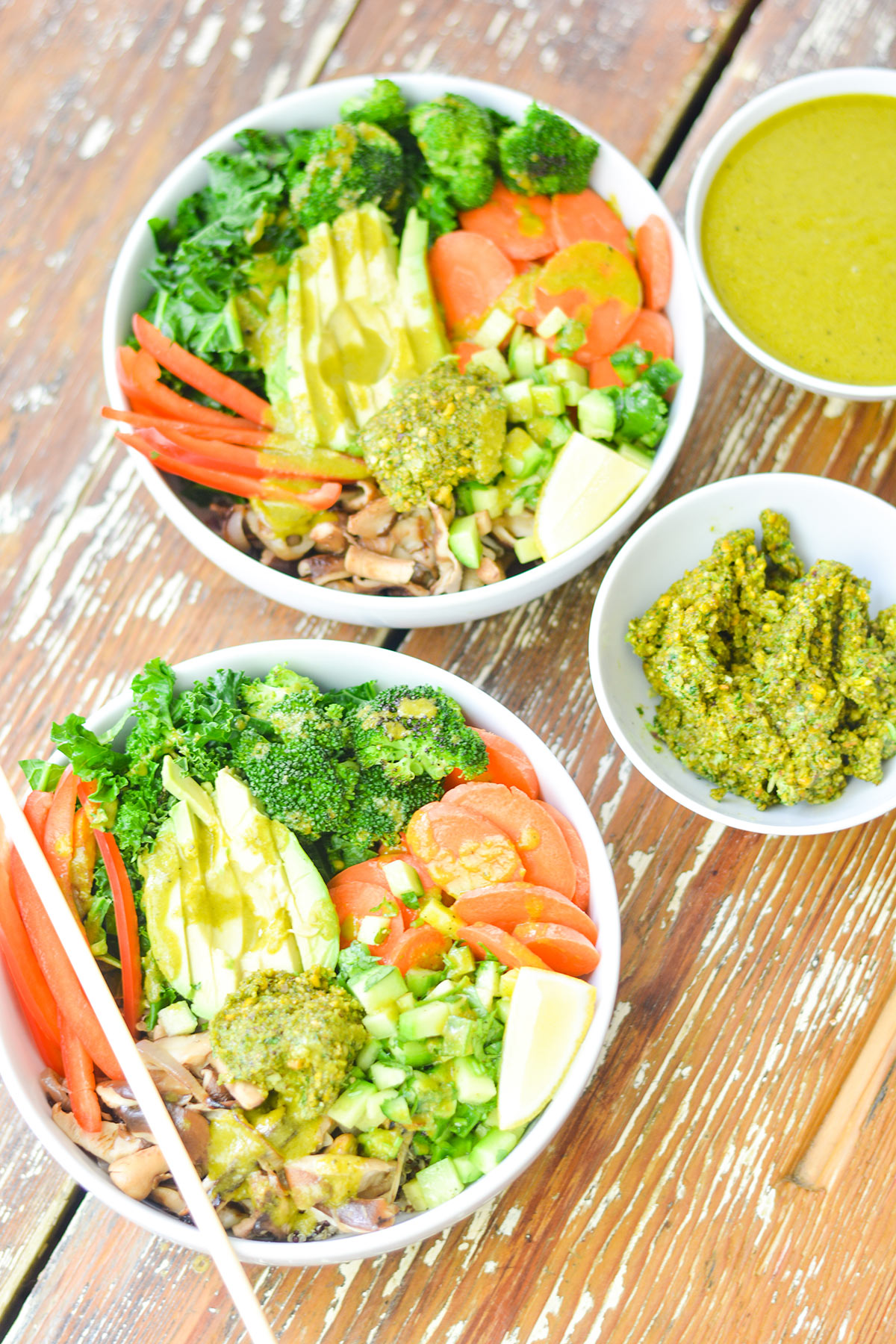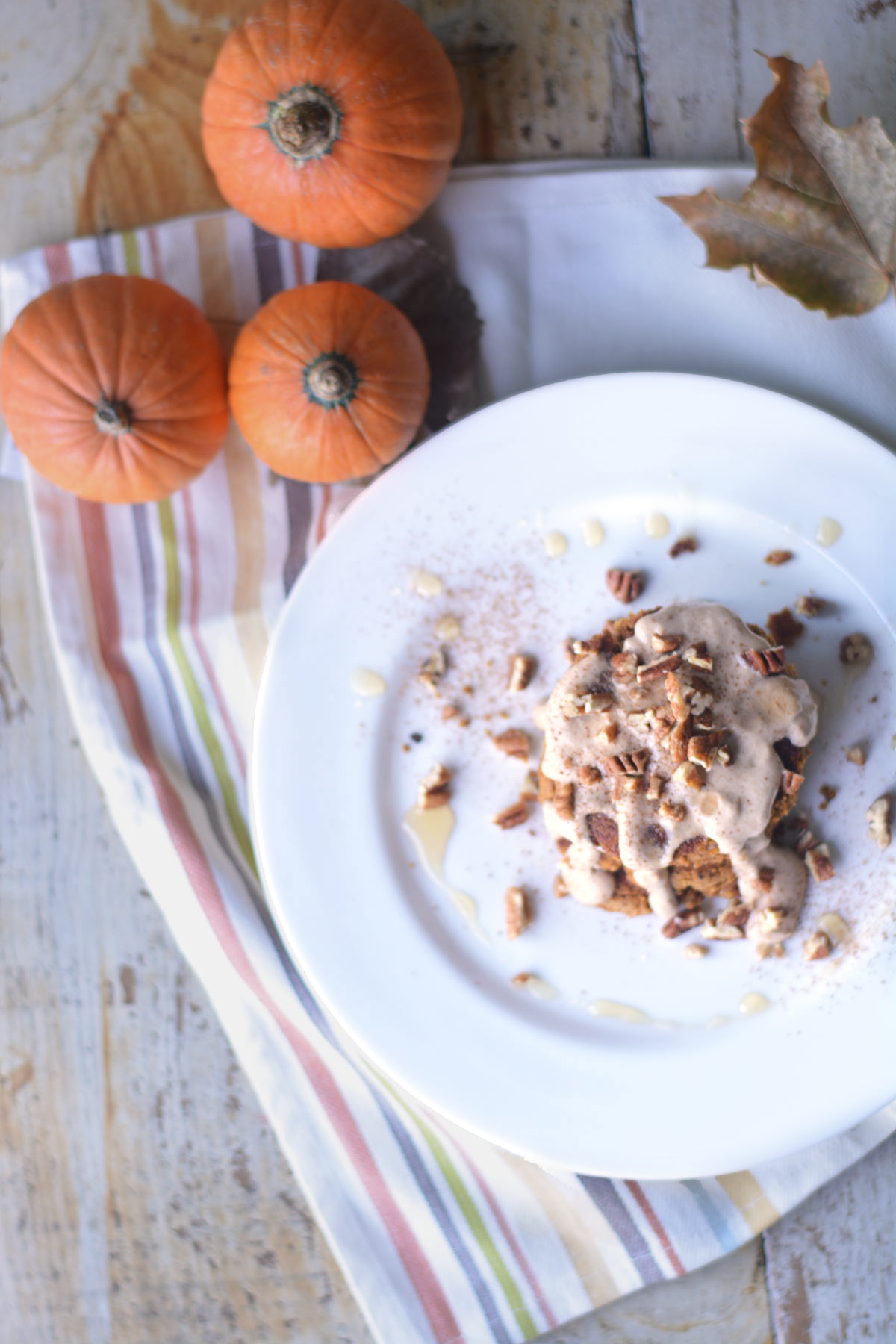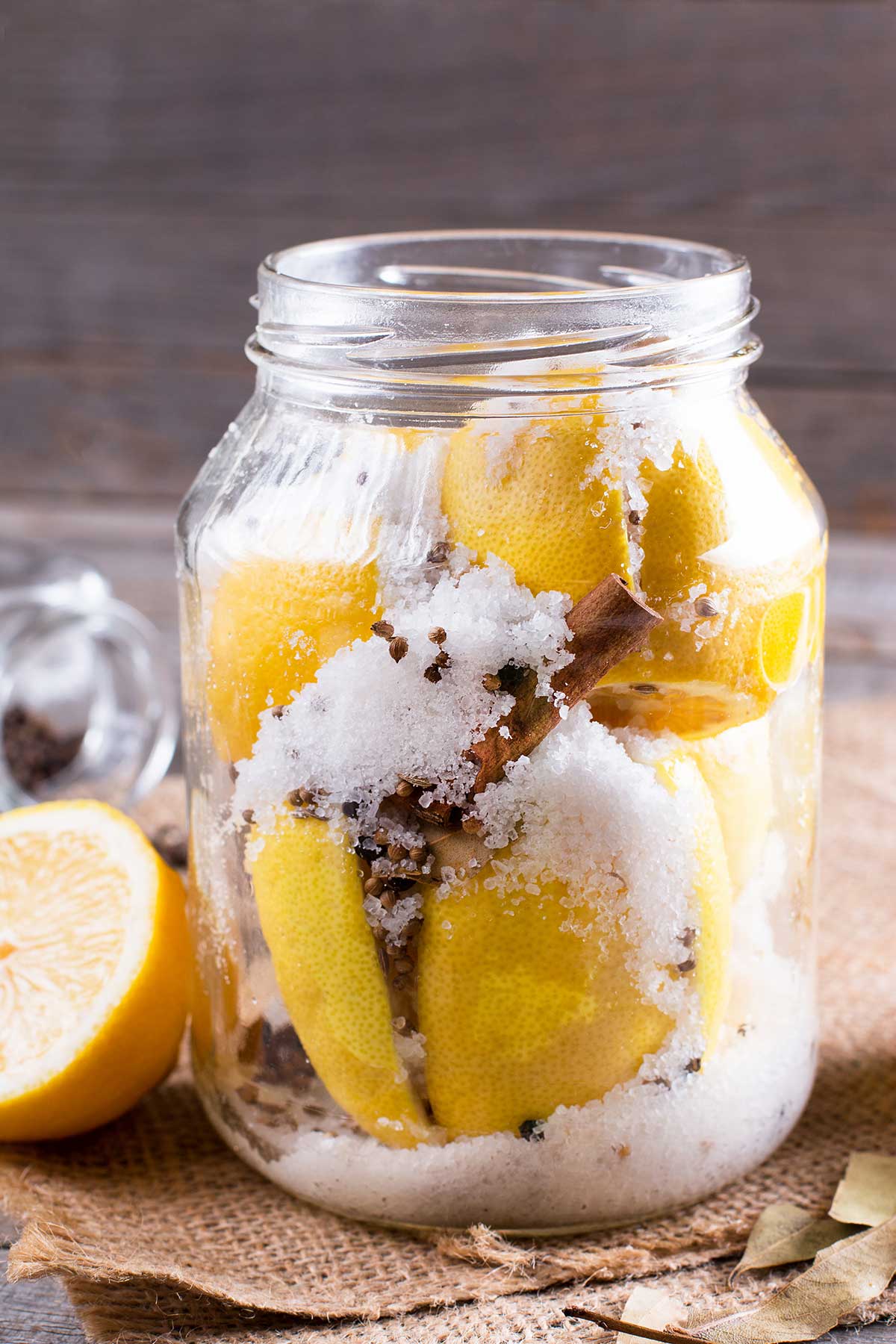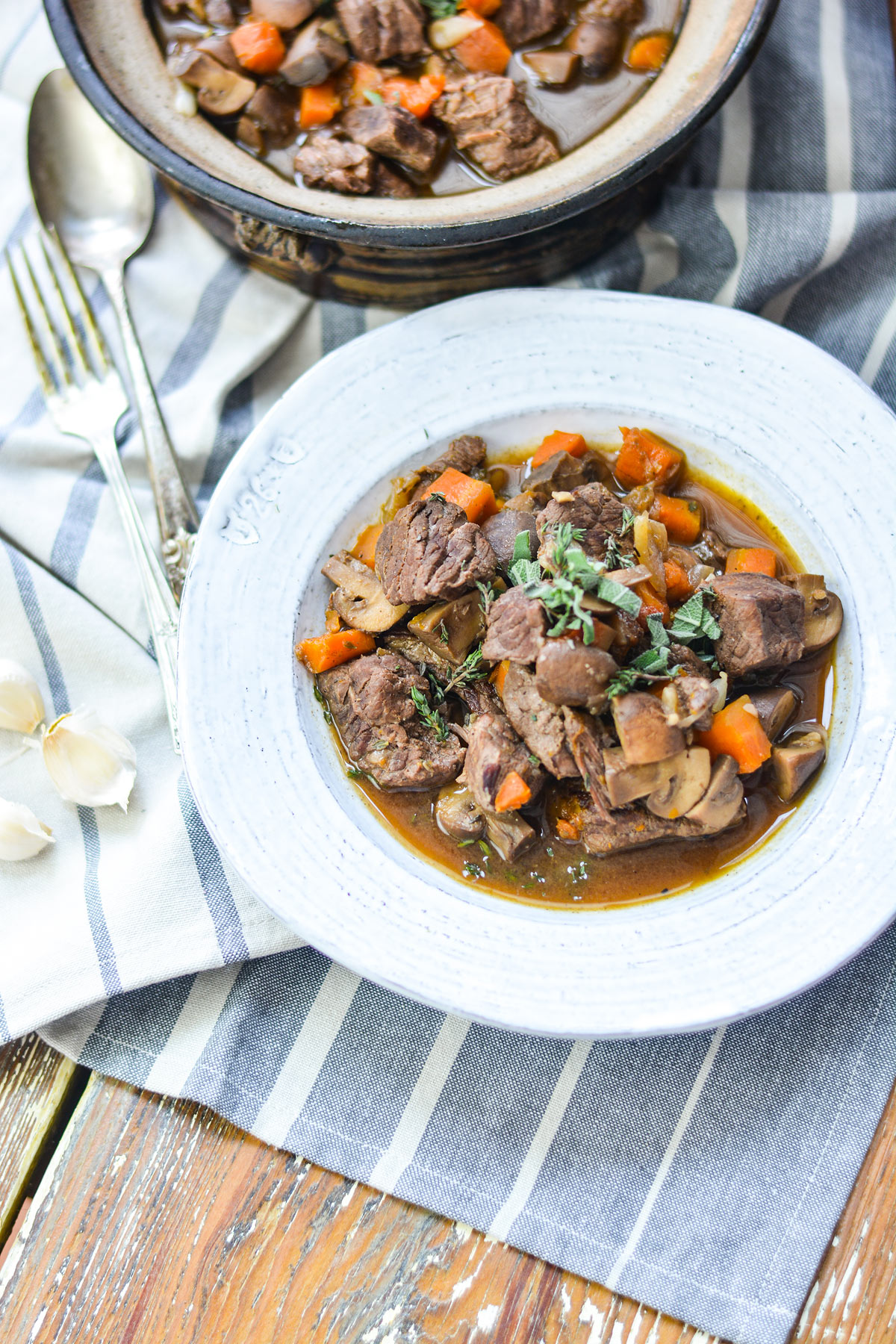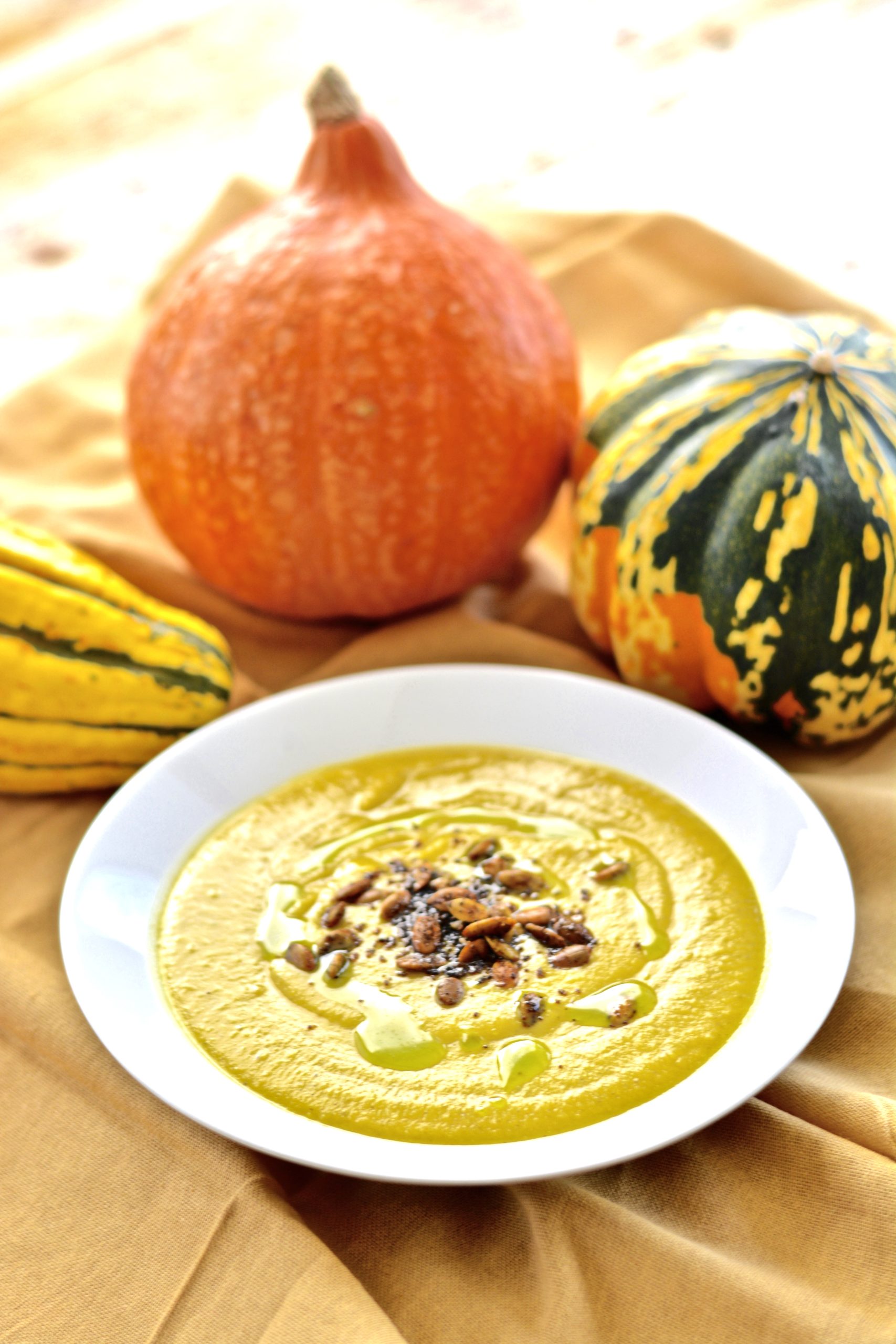Homemade Salad Dressings: 7 Delicious Vinaigrettes Recipes
7 essential vinaigrette recipes that will add magic to your salads! These are ready in under 5 minutes and are much tastier and healthier than the store-bought stuff.

7 Delicious Vinaigrettes for Salads
Let’s face it: salad can be boring. After all, how many times can you eat a pile of lettuce and carrots without feeling like a rabbit? But fear not, my friends, for I have a secret weapon to transform your salads from blah to BAM! And that secret weapon is…vinaigrette! Yes, you heard me right. This humble dressing may not be as glamorous as its creamy cousins, but it has the power to elevate even the most mundane salad into a culinary masterpiece. Plus, it’s a great way to use those random herbs and spices that have languished in your pantry for ages. So, grab your whisk, and let’s get saucy! Lets lear how to make 7 Delicious Vinaigrettes Recipes!
Vinaigrettes have been around for centuries, with roots in French cuisine. The name comes from the French word “vinaigre,” meaning vinegar, the primary ingredient in this type of dressing. The basic recipe for vinaigrette is simple, consisting of vinegar, oil, herbs and seasonings. However, the beauty of vinaigrettes lies in their versatility, allowing for endless variations to suit your taste preferences.
History of Vinaigrette
While vinaigrettes have existed for centuries, their popularity has waxed and waned throughout history. In the 18th century, vinaigrette boxes were popular among high society ladies as a way to carry around scented vinegar to combat strong smells. In the 19th century, vinaigrette dressings became more popular in French cuisine, with many chefs developing unique recipes.
Health Benefits of Vinaigrette
One of the great things about vinaigrettes is that they are a healthier option than creamy dressings, which are often high in fat, calories, and bad oils. Vinaigrettes are usually made with healthier oils, such as olive oil, which contains monounsaturated fats that can help lower cholesterol levels. Vinegar is also low in calories and has been shown to have various health benefits, such as aiding digestion and reducing blood sugar levels.

Ingredients for Vinaigrettes
The key ingredients in vinaigrette are vinegar and oil. However, there are many different types of vinegar and oil, each with its own unique flavors and benefits. Some popular types of vinegar include balsamic vinegar, red wine vinegar, apple cider vinegar, and rice vinegar. Each vinegar can add a different flavor profile to your dressing, such as the sweetness of balsamic or the tanginess of red wine vinegar.
Oils are also essential ingredients in vinaigrette. Olive oil is a popular choice, but other oils, such as avocado oil, sesame oil, and walnut oil, can also add a unique flavor to your dressing. Choosing high-quality oils is important, as the flavor and health benefits can vary greatly depending on the quality.
Customizing Your Vinaigrette
While the basic vinaigrette recipe is simple, there are many ways to customize your dressing to suit your tastes. Adding herbs such as basil, thyme, or rosemary can add depth and complexity to your dressing, while spices like cumin or paprika can give it a bit of a kick. You can also experiment with different sweeteners, such as honey or maple syrup, to balance out the acidity of the vinegar.
Using Your Vinaigrette
Vinaigrettes are incredibly versatile and can be used in a variety of ways. They are a great topping for salads but can also be used as a marinade for meat or drizzled over roasted vegetables. Vinaigrettes can also add flavor to sandwiches or as a dipping sauce for bread.

Basis of Making Vinaigrette
The basic recipe for vinaigrette is simple and consists of three main ingredients – vinegar, oil, and seasonings. I included those ingredients in my 7 Delicious Vinaigrettes Recipes as well. Here is a step-by-step guide to making a basic vinaigrette:
- Choose your vinegar: Start by choosing your vinegar. Popular options include red wine vinegar, balsamic vinegar, apple cider vinegar, champagne, and white wine vinegar. Each vinegar will impart a slightly different flavor profile to your dressing.
- Choose your oil: Next, choose your oil. Olive oil is a popular choice, but you can also use other oils, such as avocado or nut oil.
- Mix the vinegar and oil: In a bowl, whisk together the vinegar and oil in a ratio of 3:1 (3 parts oil to 1 part vinegar). You can adjust the ratio based on your taste preferences, but this is a good starting point.
- Add mustard: Mustard helps to emulsify the oil and vinegar, creating a smoother and creamier texture. When whisked together with vinegar, the mustard helps to bind the oil and vinegar together, preventing the oil from separating and floating to the top of the dressing. In addition to its emulsifying properties, Dijon mustard also adds a tangy and slightly spicy flavor to the vinaigrette, which complements the acidity of the vinegar and enhances the overall taste of the dressing.
- Add seasonings: Finally, add your desired seasonings. This could include salt, pepper, fresh herbs (such as basil or thyme), spices (such as paprika or cumin), or sweeteners (such as honey or maple syrup). Whisk everything together until well combined.
- Taste and adjust: Taste your vinaigrette and adjust the seasoning as needed. Consider adding more vinegar, oil, or seasoning depending on your taste preferences.
- Store and use: Store your vinaigrette in an airtight container in the refrigerator. It will keep for several weeks. When ready to use, give it a good shake or whisk to recombine the ingredients.
Tips for Making the Perfect Vinaigrette:
- Use high-quality ingredients: Since vinaigrette is a simple recipe, using high-quality ingredients is essential. Choose a good quality vinegar and oil that you enjoy the taste of. Using fresh herbs and spices can also enhance the flavor of your vinaigrette.
- Emulsify the ingredients: Whisking or blending the oil and vinegar together creates an emulsion that will keep the ingredients from separating. It’s important to whisk or blend the ingredients until they are fully emulsified.
- Season to taste: Don’t be afraid to experiment with different seasonings, such as salt, pepper, garlic, or honey. Taste the vinaigrette as you go and adjust the seasonings to your liking.
- Let it sit: Allow the vinaigrette to sit for a few minutes before using it. This will allow the flavors to meld together and create a more delicious dressing.
- Use the right ratio of oil to vinegar: A typical ratio for vinaigrette is 3 parts oil to 1 part vinegar, but you can adjust the ratio to your liking. If you prefer a tangier dressing, use more vinegar, and if you prefer a milder dressing, use more oil.
- Use the right tool: You can whisk the ingredients together in a bowl, use a blender or food processor, or even shake them together in a jar with a tight-fitting lid. The important thing is to emulsify the ingredients and create a smooth, creamy texture.
- Experiment with different types of vinegar: There are many different types of vinegar to choose from, such as balsamic, red wine, white wine, apple cider, and rice vinegar. Experiment with different types to find your favorite flavor combinations.
- Store it properly: Vinaigrette can be stored in the refrigerator for up to a week. Store it in a jar with a tight-fitting lid and shake well before using.
- You can also add freshly squeezed citrus juice for different flavors and even preserved lemon.

The ratio of oil and vinegar
The ratio of oil to vinegar in vinaigrette can vary depending on personal preference and the recipe being used. However, a common starting point is to use a ratio of 3:1, which means three parts oil to one part vinegar. This ratio balances acidity and oiliness, but you can adjust the ratio to suit your taste. I also used this ratio for my 7 Delicious Vinaigrettes Recipes.
If you prefer a tangier vinaigrette, increase the amount of vinegar in your recipe. If you prefer a milder flavor, decrease the amount of vinegar and increase the amount of oil. However, it’s essential to remember that adding too much vinegar can overpower the other flavors in your vinaigrette and make it too acidic.
It’s also worth mentioning that different types of vinegar may require different ratios of oil to vinegar. For example, balsamic vinegar is typically sweeter and more acidic than red wine vinegar, so you may want to use less of it in your vinaigrette.
Ultimately, the best way to determine the perfect oil and vinegar ratio for your vinaigrette is to experiment and adjust the recipe to your taste preferences.
What are the most popular viangreets
There are many types of vinaigrettes, and the most popular ones vary depending on the region and the type of cuisine. I will give you my favorite 7 Delicious Vinaigrettes Recipes below. Here are some of the most popular vinaigrettes:
- Balsamic vinaigrette: This is a classic vinaigrette made with balsamic vinegar, olive oil, Dijon mustard, garlic, salt, and pepper. It’s a tangy and slightly sweet dressing that goes well with salads and roasted vegetables.
- Lemon vinaigrette: This bright and refreshing dressing is made with lemon juice, olive oil, Dijon mustard, garlic, salt, and pepper. It’s perfect for summer salads.
- Red wine vinaigrette: Red wine vinaigrette is made with red wine vinegar, olive oil, Dijon mustard, garlic, salt, and pepper. It’s a tangy and slightly acidic dressing that pairs well with hearty salads and roasted meats.
- Honey mustard vinaigrette: Honey mustard vinaigrette is made with honey, Dijon mustard, apple cider vinegar, olive oil, garlic, salt, and pepper. It’s a sweet, tangy dressing perfect for chicken salads and grilled vegetables.
- Champagne vinaigrette: Champagne vinaigrette is made with Champagne vinegar, olive oil, Dijon mustard, garlic, salt, and pepper. It’s a light, tangy dressing perfect for delicate greens and seafood salads.
- Asian vinaigrette: Asian vinaigrette is made with rice vinegar, soy sauce, sesame oil, garlic, ginger, and honey. It’s a flavorful and slightly sweet dressing that’s perfect for Asian-inspired salads and stir-fries.
These are just a few of the most popular vinaigrettes, but there are countless other variations to explore. You can also experiment with different herbs, spices, and sweeteners to create your unique vinaigrette recipe.

7 Delicious Vinaigrettes Recipes
Balsamic Vinaigrette
Ingredients:
- 1/4 cup balsamic vinegar
- 1/2 cup extra-virgin olive oil
- 1 tablespoon Dijon mustard
- 1 teaspoon honey
- 1 clove garlic, minced
- Salt and pepper to taste
Instructions:
- In a small bowl, whisk together the balsamic vinegar, Dijon mustard, honey, and minced garlic.
- Slowly drizzle in the olive oil while whisking constantly until the dressing is emulsified and well combined.
- Season the dressing with salt and pepper to taste, and whisk again.
- Taste the dressing and adjust the seasoning as needed.
- Use immediately or store in an airtight container in the refrigerator for up to one week. Shake or whisk well before using.

Tarragon vinaigrette recipe
Tarragon vinaigrette is a classic French dressing that’s perfect for salads, grilled vegetables, and roasted meats. Here’s a simple recipe for tarragon vinaigrette:
Ingredients:
- 1/4 cup white wine vinegar
- 1 tablespoon Dijon mustard
- 1 tablespoon honey
- 1/2 cup extra-virgin olive oil
- 1/4 cup chopped fresh tarragon
- Salt and freshly ground black pepper to taste
Instructions:
- In a medium bowl, whisk together the white wine vinegar, Dijon mustard, and honey until well combined.
- Slowly drizzle in the olive oil while constantly whisking until the mixture is emulsified and creamy.
- Add the chopped tarragon to the bowl and whisk to combine.
- Season the vinaigrette with salt and freshly ground black pepper to taste.
- Use the tarragon vinaigrette immediately or store it in an airtight container in the refrigerator for up to a week.
Tips:
- For a smoother texture, you can blend the ingredients in a blender or food processor.
- If you don’t have fresh tarragon, you can use dried tarragon, but use less of it as the flavor is more concentrated.
- This recipe makes about 1 cup of tarragon vinaigrette, so adjust the quantities according to your needs.

Asian vinaigrette
Ingredients:
- 1/4 cup rice vinegar
- 2 tablespoons soy sauce
- 1 tablespoon honey
- 1 tablespoon grated ginger
- 1 garlic clove, minced
- 3/4 cup olive oil
- Salt and freshly ground black pepper to taste
Instructions:
- In a small bowl, whisk together the rice vinegar, soy sauce, honey, grated ginger, and minced garlic until well combined.
- Slowly whisk in the vegetable oil until the mixture is emulsified and creamy.
- Season the vinaigrette with salt and freshly ground black pepper to taste.
- Use the Asian vinaigrette immediately or store it in an airtight container in the refrigerator for up to a week.
Tips:
- You can adjust the sweetness of the vinaigrette by adding more or less honey to your taste.
- For added heat, you can add a pinch of red pepper flakes or a splash of sriracha sauce.
- This vinaigrette is great on salads, as a marinade for chicken or beef, or as a dipping sauce for dumplings or spring rolls.
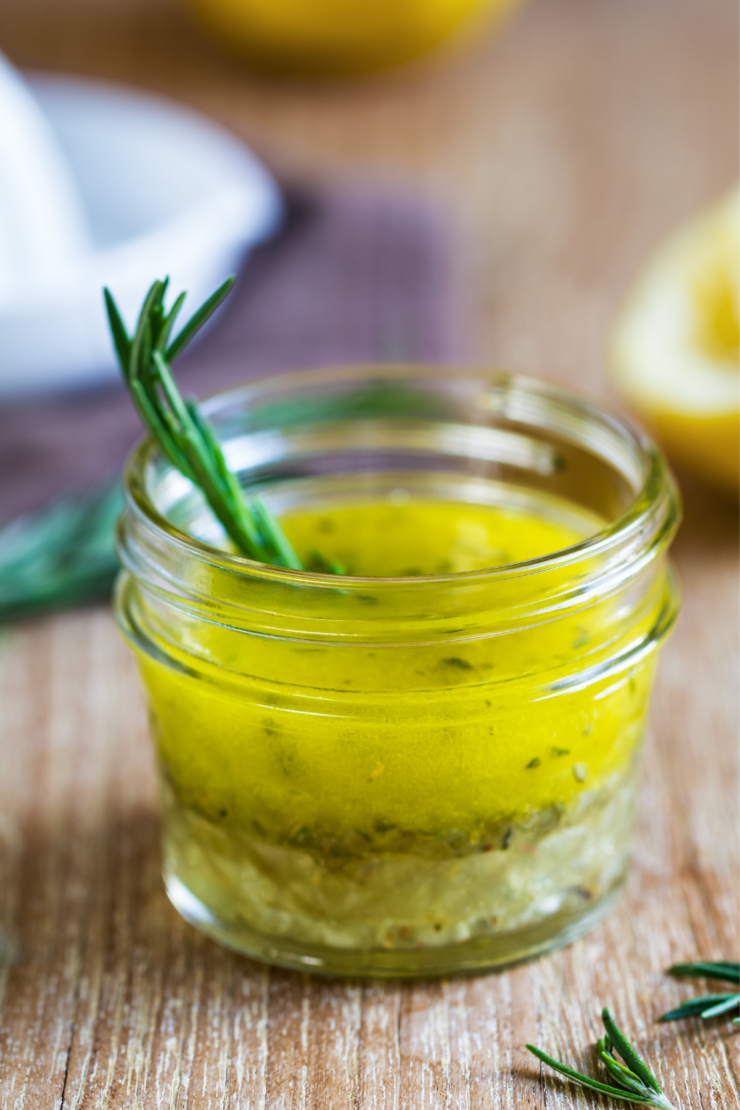
Lemon Vinaigrette:
Ingredients:
- 1/4 cup fresh lemon juice
- 1/2 cup extra-virgin olive oil
- 1 tablespoon honey
- 1 teaspoon Dijon mustard
- 1 garlic clove, minced
- Salt and freshly ground black pepper to taste
Instructions:
- In a small bowl, whisk together the lemon juice, honey, mustard, garlic, salt, and pepper until well combined.
- Slowly drizzle in the olive oil while whisking continuously until the mixture is emulsified.
- Taste and adjust the seasoning as needed. Store the vinaigrette in an airtight container in the refrigerator for up to a week.

Red Wine Vinaigrette:
Ingredients:
- 1/4 cup red wine vinegar
- 1/2 cup extra-virgin olive oil
- 1 teaspoon Dijon mustard
- 1 garlic clove, minced
- 1 tablespoon honey
- Salt and freshly ground black pepper to taste
Instructions:
- In a small bowl, whisk together the red wine vinegar, mustard, garlic, honey, salt, and pepper until well combined.
- Slowly drizzle in the olive oil while whisking continuously until the mixture is emulsified.
- Taste and adjust the seasoning as needed. Store the vinaigrette in an airtight container in the refrigerator for up to a week.
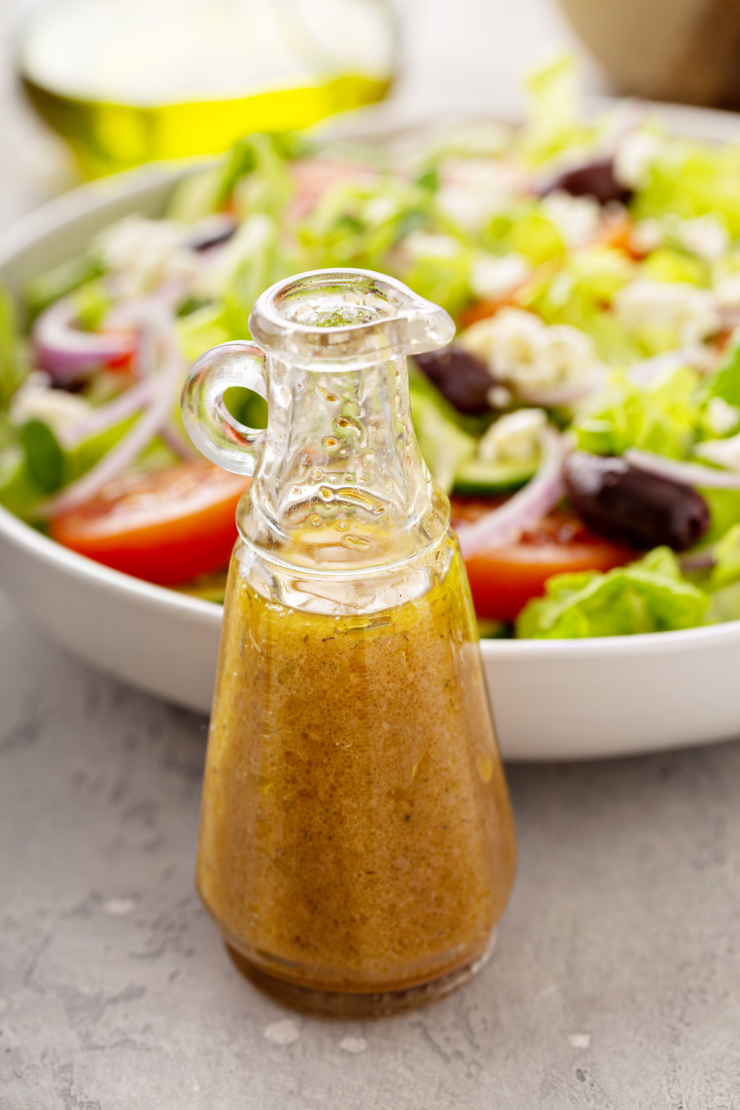
Honey Mustard Vinaigrette:
Ingredients:
- 1/4 cup apple cider vinegar
- 1/2 cup extra-virgin olive oil
- 1 tablespoon Dijon mustard
- 1 tablespoon honey
- 1 garlic clove, minced
- Salt and freshly ground black pepper to taste
Instructions:
- In a small bowl, whisk together the apple cider vinegar, mustard, honey, garlic, salt, and pepper until well combined.
- Slowly drizzle in the olive oil while whisking continuously until the mixture is emulsified.
- Taste and adjust the seasoning as needed. Store the vinaigrette in an airtight container in the refrigerator for up to a week.

Champagne Vinaigrette:
Ingredients:
- 1/4 cup champagne vinegar
- 1/2 cup extra-virgin olive oil
- 1 tablespoon honey
- 1 teaspoon Dijon mustard
- 1 garlic clove, minced
- Salt and freshly ground black pepper to taste
Instructions:
- In a small bowl, whisk together the champagne vinegar, honey, mustard, garlic, salt, and pepper until well combined.
- Slowly drizzle in the olive oil while whisking continuously until the mixture is emulsified.
- Taste and adjust the seasoning as needed. Store the vinaigrette in an airtight container in the refrigerator for up to a week.
I hope you enjoy these 7 Delicious Vinaigrettes Recipes and add them to your salads.
Did you make this recipe?
Please let me know how it turned out for you! Leave a comment below and share a picture on Instagram with the hashtag #thetastesoflifeholisticblog
Salad Recipies

7 Delicious Vinaigrettes Recipes
Instructions
- Balsamic Vinaigrette1/4 cup balsamic vinegar1/2 cup extra-virgin olive oil1 tablespoon Dijon mustard1 teaspoon honey1 clove garlic, mincedSalt and pepper to tasteIn a small bowl, whisk together the balsamic vinegar, Dijon mustard, honey, and minced garlic.Slowly drizzle in the olive oil while whisking constantly until the dressing is emulsified and well combined.Season the dressing with salt and pepper to taste, and whisk again.Taste the dressing and adjust the seasoning as needed.Use immediately or store in an airtight container in the refrigerator for up to one week. Shake or whisk well before using.
Notes
- 1/4 cup white wine vinegar
- 1 tablespoon Dijon mustard
- 1 tablespoon honey
- 1/2 cup extra-virgin olive oil
- 1/4 cup chopped fresh tarragon
- Salt and freshly ground black pepper to taste
- In a medium bowl, whisk together the white wine vinegar, Dijon mustard, and honey until well combined.
- Slowly drizzle in the olive oil while constantly whisking until the mixture is emulsified and creamy.
- Add the chopped tarragon to the bowl and whisk to combine.
- Season the vinaigrette with salt and freshly ground black pepper to taste.
- Use the tarragon vinaigrette immediately or store it in an airtight container in the refrigerator for up to a week.
- For a smoother texture, you can blend the ingredients in a blender or food processor.
- If you don’t have fresh tarragon, you can use dried tarragon, but use less of it as the flavor is more concentrated.
- This recipe makes about 1 cup of tarragon vinaigrette, so adjust the quantities according to your needs.
- 1/4 cup rice vinegar
- 2 tablespoons soy sauce
- 1 tablespoon honey
- 1 tablespoon grated ginger
- 1 garlic clove, minced
- 3/4 cup olive oil
- Salt and freshly ground black pepper to taste
- In a small bowl, whisk together the rice vinegar, soy sauce, honey, grated ginger, and minced garlic until well combined.
- Slowly whisk in the vegetable oil until the mixture is emulsified and creamy.
- Season the vinaigrette with salt and freshly ground black pepper to taste.
- Use the Asian vinaigrette immediately or store it in an airtight container in the refrigerator for up to a week.
- You can adjust the sweetness of the vinaigrette by adding more or less honey to your taste.
- For added heat, you can add a pinch of red pepper flakes or a splash of sriracha sauce.
- This vinaigrette is great on salads, as a marinade for chicken or beef, or as a dipping sauce for dumplings or spring rolls.
- 1/4 cup fresh lemon juice
- 1/2 cup extra-virgin olive oil
- 1 tablespoon honey
- 1 teaspoon Dijon mustard
- 1 garlic clove, minced
- Salt and freshly ground black pepper to taste
- In a small bowl, whisk together the lemon juice, honey, mustard, garlic, salt, and pepper until well combined.
- Slowly drizzle in the olive oil while whisking continuously until the mixture is emulsified.
- Taste and adjust the seasoning as needed. Store the vinaigrette in an airtight container in the refrigerator for up to a week.
- 1/4 cup red wine vinegar
- 1/2 cup extra-virgin olive oil
- 1 teaspoon Dijon mustard
- 1 garlic clove, minced
- 1 tablespoon honey
- Salt and freshly ground black pepper to taste
- In a small bowl, whisk together the red wine vinegar, mustard, garlic, honey, salt, and pepper until well combined.
- Slowly drizzle in the olive oil while whisking continuously until the mixture is emulsified.
- Taste and adjust the seasoning as needed. Store the vinaigrette in an airtight container in the refrigerator for up to a week.
- 1/4 cup apple cider vinegar
- 1/2 cup extra-virgin olive oil
- 1 tablespoon Dijon mustard
- 1 tablespoon honey
- 1 garlic clove, minced
- Salt and freshly ground black pepper to taste
- In a small bowl, whisk together the apple cider vinegar, mustard, honey, garlic, salt, and pepper until well combined.
- Slowly drizzle in the olive oil while whisking continuously until the mixture is emulsified.
- Taste and adjust the seasoning as needed. Store the vinaigrette in an airtight container in the refrigerator for up to a week.
- 1/4 cup champagne vinegar
- 1/2 cup extra-virgin olive oil
- 1 tablespoon honey
- 1 teaspoon Dijon mustard
- 1 garlic clove, minced
- Salt and freshly ground black pepper to taste
- In a small bowl, whisk together the champagne vinegar, honey, mustard, garlic, salt, and pepper until well combined.
- Slowly drizzle in the olive oil while whisking continuously until the mixture is emulsified.
- Taste and adjust the seasoning as needed. Store the vinaigrette in an airtight container in the refrigerator for up to a week.

